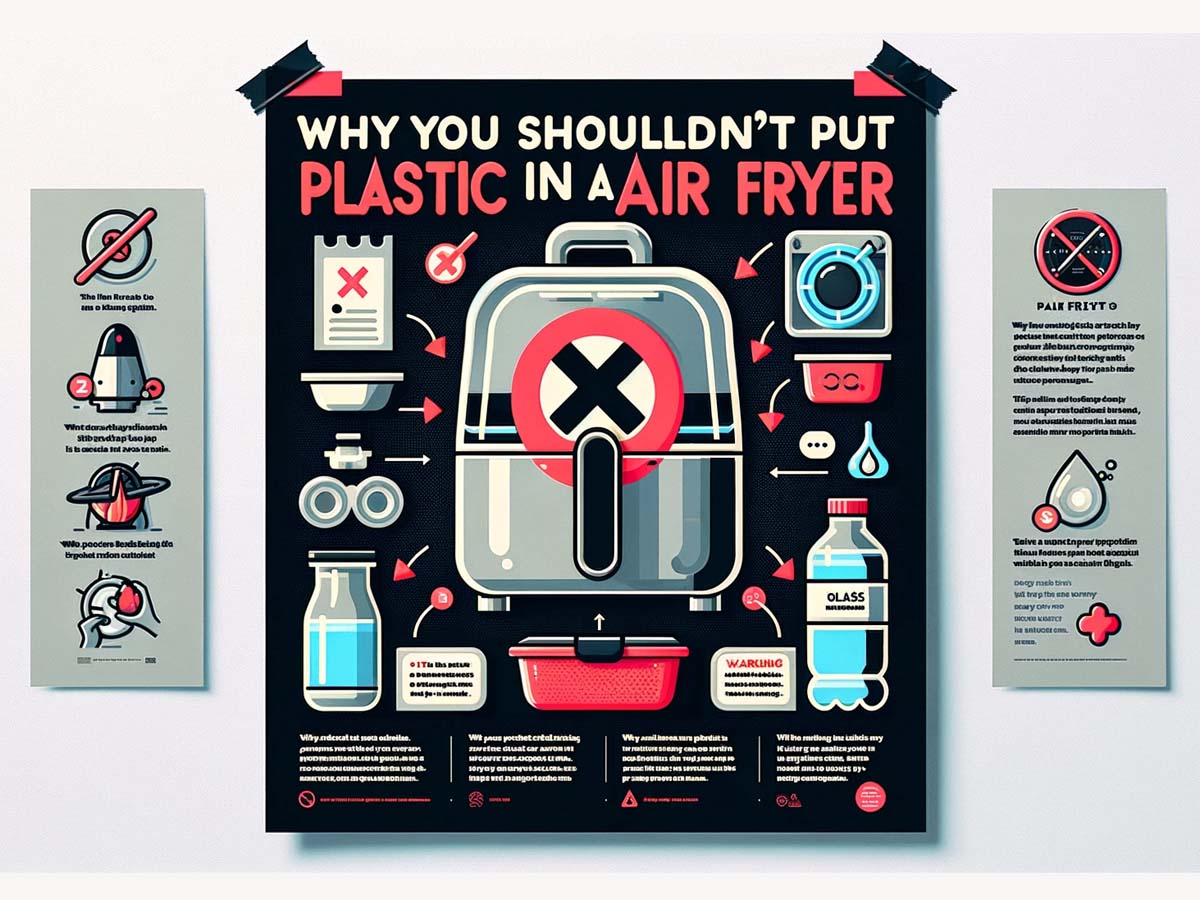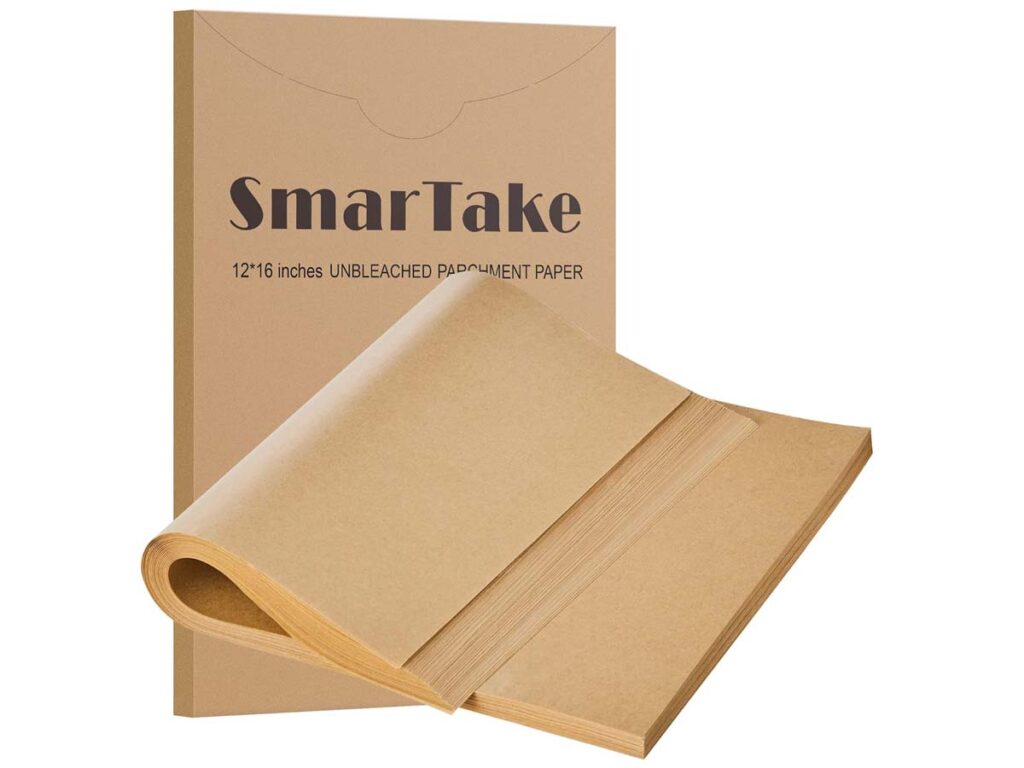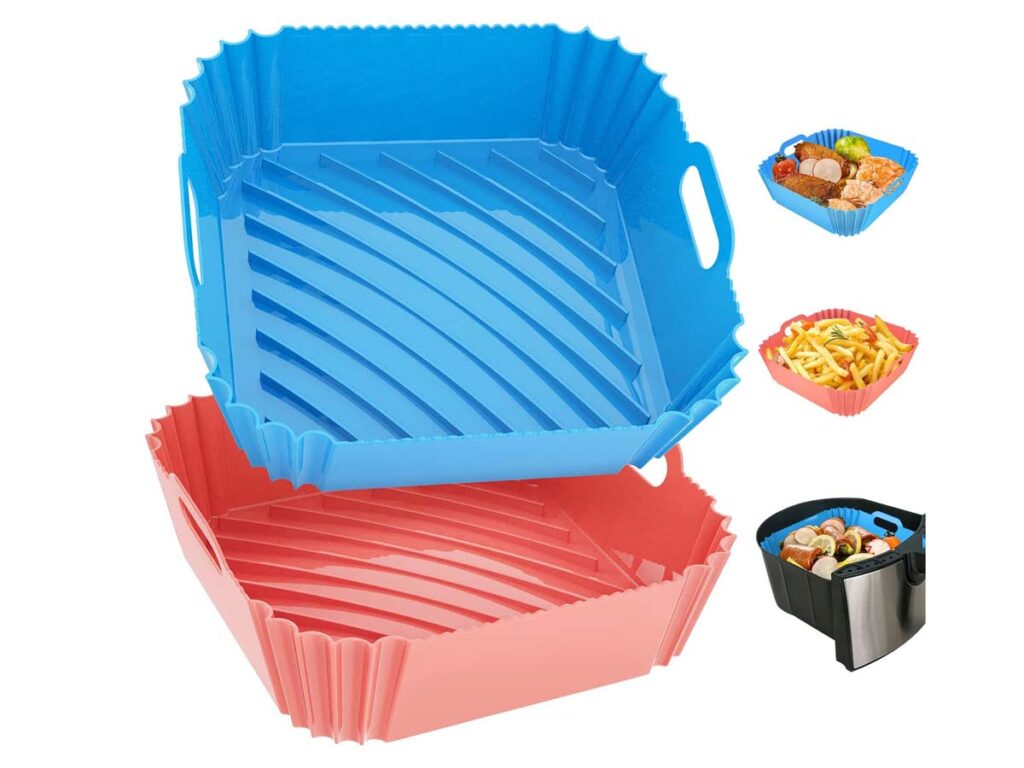Can You Put Plastic in an Air Fryer? Know the Risks & Safer Alternatives

Placing plastic in an air fryer isn’t safe due to the risk of melting and toxic emissions; instead, use heat-resistant materials like parchment paper or silicone liners for safe cooking.
Adhering to air fryer safety and cooking precautions is essential. This kitchen appliance should be used with care to ensure safe usage. Understanding what materials are safe in your air fryer is key to avoiding any risks. Know the risks and safer alternatives in this guide deeply.
Understanding Air Fryers and Material Compatibility
Air fryers are designed for versatility and health-conscious cooking. The key to their functionality lies in the air fryer mechanics.
They utilize a unique heat distribution system that cooks food evenly and quickly. When it comes to material suitability, not all items are safe.
Especially plastic types, which can melt and release harmful chemicals.
The Science Behind Air Frying
At the heart of every air fryer is a powerful convection mechanism. This rapid air technology circulates hot air around the food, resulting in cooking efficiency.
This method ensures even heat circulation, making food crispy on the outside and tender on the inside. It’s this precise air control that requires careful selection of materials placed inside the air fryer.
Common Materials Used in Air Fryers
When choosing what to put in your air fryer, consider safe cookware options. Silicone molds are a popular choice due to their heat resistance and flexibility.
Metallic containers are also commonly used, as they withstand high temperatures well. It’s important to ensure that any material you use is designed to handle the air fryer’s intense heat and air flow.
Can You Put Plastic in an Air Fryer?
Generally, you should not put plastic in an air fryer due to melting risks; instead, use alternatives like parchment paper, glassware, or ceramic containers for safe cooking.
Introducing plastic to an air fryer is a significant food safety concern. The primary issue lies in plastic safety when subjected to heat exposure.
Plastics can melt and potentially release harmful chemicals, a process known as chemical leaching. This not only poses a risk to your appliance but also to the safety and quality of your food.
Types of Plastics and Heat Tolerance
Not all plastics are created equal. Plastic varieties differ significantly in their heat resilience and melting points.
For instance, some may withstand a certain level of heat, but very few are designed to endure the high temperatures of an air fryer.
Additionally, BPA concerns arise with certain plastics, as BPA can leach into food when heated, posing health risks.
Alternatives to Plastic in Air Fryer
Considering the risks, it’s wise to seek safe alternatives for your air fryer. Parchment paper is a popular choice, offering a non-stick surface without the risk of melting.
As well as a alternative of plastic in an air fryer:

Another excellent alternative to using plastic in an air fryer is silicone liners.
Opting for silicone liners is a smart move. They can withstand high temperatures and don’t interfere with your air fryer’s functionality. Moreover, they simplify the cleaning process considerably. Example:

Glassware and ceramic containers are also excellent options, known for their heat tolerance and safety.

These alternatives ensure that your cooking remains safe, healthy, and free from unwanted chemicals.
Know what I said on this guides: Placing Paper plate in an air fryers and Paper towel in an air fryers is safe or not.
Best Practices for Using Air Fryers Safely
Ensuring operational safety is paramount when using air fryers. This begins with adhering to safety precautions specific to the device.
Always follow the manufacturer’s guidelines, especially regarding suitable materials for cooking and containers.
Maintenance tips, like regular cleaning and inspecting for wear and tear, are crucial for safe operation and optimal performance.
Maintenance and Care for Longevity
Regular upkeep is key to preserving your air fryer’s condition. This means prioritizing regular maintenance and component care.
Establish a cleaning routine post-use to prevent buildup and ensure efficient operation.
Adhering to these durability tips not only prolongs your appliance’s lifespan but also maintains its safety and functionality.
Common Misconceptions About Air Fryers
It’s important to differentiate fact vs. fiction when it comes to air fryers. Myth busting is essential, as many users hold common misunderstandings about what air fryers can do or how they should be used.
By setting realistic expectations and understanding the actual capabilities and limitations of your air fryer, you can use it more effectively and safely.
Read next: WHY Nuwave Air Fryer Not Heating Up
Last Words
In conclusion, Safety Recap: always prioritize your appliance’s guidelines to ensure safe usage. Best Practices Overview: adhere to maintenance protocols for longevity and efficiency.
Remember, Material Suitability Summary: not all materials, especially plastics, are fit for air fryer use due to heat exposure risks.
Focus on Responsible Cooking by choosing the right materials and following safety guidelines.
Your air fryer can be a versatile and convenient tool in your kitchen, as long as you use it wisely and take care of it properly.
See all in at KitGiz for Knowledge about Air Fryer and Care & Using guides.
